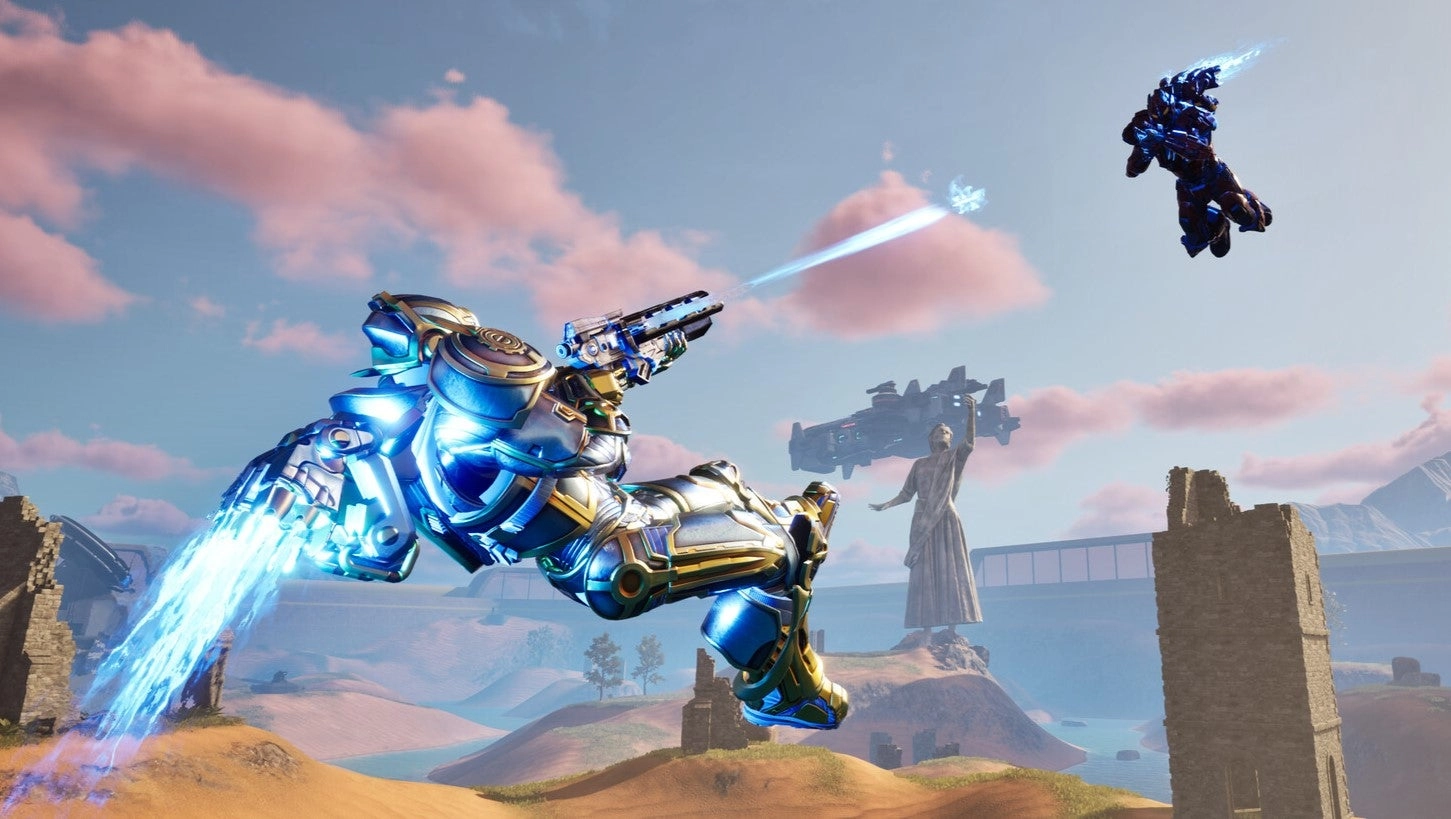
In the realm of high-speed, sci-fi shooters, a new contender is on the horizon, signaling a return to a celebrated franchise that has lain dormant for years. The game, Tribes 3: Rivals, emerges with a refined vision on monetization, conveying lessons learned from its forerunner, Tribes: Ascend. Although much has changed since Ascend hit the gaming world, the core elements that defined the Tribes series—agility, momentum, and high-flying action—remain integral to Rivals.
Amidst a sea of free-to-play models, Tribes 3: Rivals charts its own course as a premium game. Priced at $20, the game's financial model pivots away from Ascend's controversial monetization strategies. This change addresses past critiques: in Ascend, players could purchase weapons, leading to a divided community sentiment over the "pay-to-win" approach. In Rivals, gameplay-altering items cannot be bought; instead, players may unlock or purchase cosmetic add-ons such as emotes and voice packs without affecting gameplay balance.
Beyond mere economics, Rivals seeks to extend its appeal to a broader audience. Recognizing the changing landscape of shooter games since Ascend's heyday, the developers at Prophecy incorporate modern features such as matchmaking and ranked gameplay. These components aim to deliver a more competitive and equitable playing field for both newcomers and series veterans. To further ease the entry of new players, Tribes 3 will offer a variety of onboarding tools: in-game practice lobbies, tutorial videos, and how-to guides all serve to lower the barrier to entry and foster a welcoming community.
Yet, despite the impending absence of a singleplayer campaign—a feature present in earlier Tribes iterations—the developers harness community creativity. Prophecy teases the release of developer tools that could empower players themselves to craft their own singleplayer adventures, potentially weaving their narratives into the Tribes universe. This approach speaks to a burgeoning trend in gaming where community involvement reshapes and extends a game's lifecycle.
Tribes 3: Rivals is also expanding its technical horizons, deploying more robust networking solutions to accommodate the fast-paced, team-centric gameplay Tribes is renowned for. The developers have been conducting 5v5 playtests while also planning for larger-scale 64-player matches. These bouts are set to unfold in both casual and ranked environments, complemented by customizable matches and modes. Though vehicles—the rocket-fueled chariots of previous Tribes titles—have not yet made their debut in Rivals, their inclusion is on the roadmap.
While the developers nod to contemporary shooter trends, they also attempt to kindle the flame of nostalgia. Tribes 3 promises to deliver a familiar experience to those who have fond memories of Ascend, maintaining the essence of movement, maps, weapons, classes, and art style that defined its predecessor. Such continuity is essential in re-establishing the franchise's identity in a market filled with new and innovative experiences.
The return of Tribes aligns with the surge of interest in high-mobility shooters, a genre revitalized by titles like Titanfall. Though trends may fluctuate, as Call of Duty's retreat from exosuit gameplay might imply, the enduring appeal of Tribes' unique brand of aerial combat and strategic depth suggests a perennial niche longing for satisfaction.
Impending playtests for Tribes 3: Rivals are slated for early December, directly competing with the wave of announcements expected during the same period. Yet, for fans and prospective players, these tests offer a tantalizing glimpse into the future of the franchise. The game is gradually making its presence known, now occupying a space on Steam where eager players can follow its progression.
As Tribes 3: Rivals gears up for its release, it stands testament to the industry's cycles of innovation and revival. With a calculated approach to game monetization and an embrace of community-driven content, the latest chapter in the Tribes saga seeks to both honor its heritage and adapt to the modern gaming landscape. The developers hope to prove that lessons of the past can pave the way for a more equitable, player-centric future.
You must be logged in to post a comment!